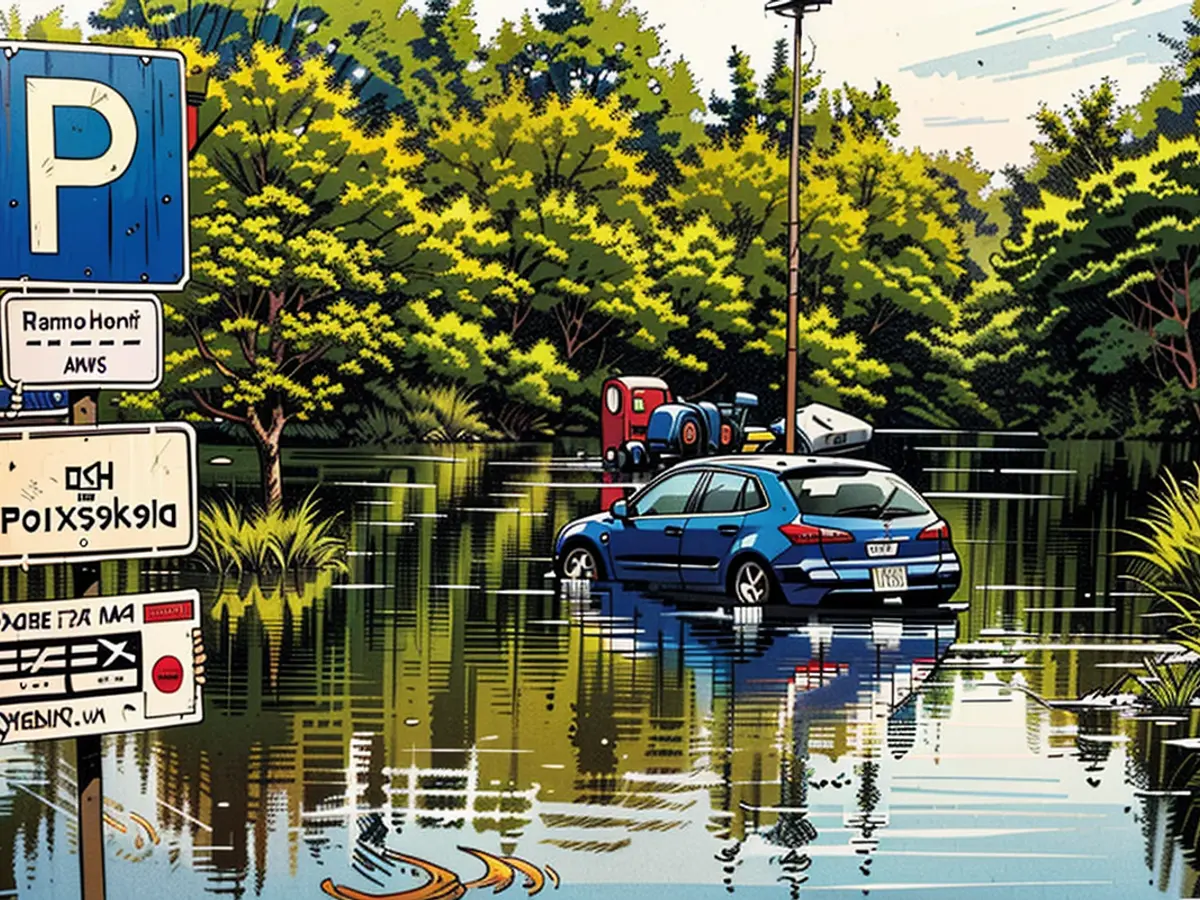storm season - Goldschmidt: Baltic dikes ready for autumn
After the severe Baltic Sea storm surge in October, repair work on damaged regional dikes along the Schleswig-Holstein coast continues. "Most of the dikes will be restored to their original state before the start of the next storm surge season," said Environment Minister Tobias Goldschmidt (Greens) to the German Press Agency. "In most cases, they will be in better condition than before and offer a significant increase in safety." However, there will also be cases where the work will continue into the storm surge season.
The storm surge has revealed some shortcomings in the region, said Goldschmidt. "The regional dikes did not withstand the forces of the sea at various points, unlike the national dikes." The state has decided to cover 100 percent of the restoration costs once. The Water and Soil Associations are responsible for the regional dikes.
Water caused significant damage
The heavy storm surge in the fall of last year caused significant damage and left clear traces. The Ministry of the Environment has received a total of 49 applications with an estimated total volume of around 33.5 million euros. Of these, 27 with a total volume of around 19 million euros have already been approved. Two applications have been withdrawn, and one has been rejected. 19 applications are still being processed.
In some cases, it involves dike sections of only a few hundred meters, in others, kilometers, said Goldschmidt. "The damage sum of 200 million euros has been circulating since then, but this also includes damage to yachts, houses, and tourist infrastructure." In the end, the damage sum turned out to be somewhat lower.
Increase in safety
The renovated dikes offer a significant increase in safety, said Goldschmidt. "The dikes were not allowed to be raised, but they were allowed to be restored to the approved level. Local settling of the dike crown that had occurred over time will be filled up to the original dike height, which also improves their resistance."
Due to the investments in the Baltic Sea dikes, people on the North Sea coast do not have to fear delays in dike work, said Goldschmidt. "Everything we are doing now on the Baltic Sea will have to be on top of that. It's always about additional efforts for the Baltic Sea, not less for the North Sea coast."
Criticism from the opposition
The pace of the black-green state government's dike repairs on the Baltic Sea is not enough for the opposition. "It is clear that not all dikes damaged by the storm surge in 2023 will be fully restored by the start of the next storm surge season in October," said SPD coastal protection politician Thomas Hölck to the dpa. "If the state government continues to work at this pace, I am worried that all requested measures may not be implemented in time before the storm surge season in September."
Extreme weather events like high storm surges will also reach Schleswig-Holstein more frequently, said Hölck. "The state government must significantly increase the pace of coastal protection on the Baltic Sea."
The repair work on the damaged regional dikes following the Baltic Sea storm surge is aimed at restoring most of the dikes to their original state before the next storm surge season. Due to the extensive damage caused, the renovated dikes will offer a significant increase in safety, with improvements made to their resistance and the local settling of the dike crown being filled up to the original height.








